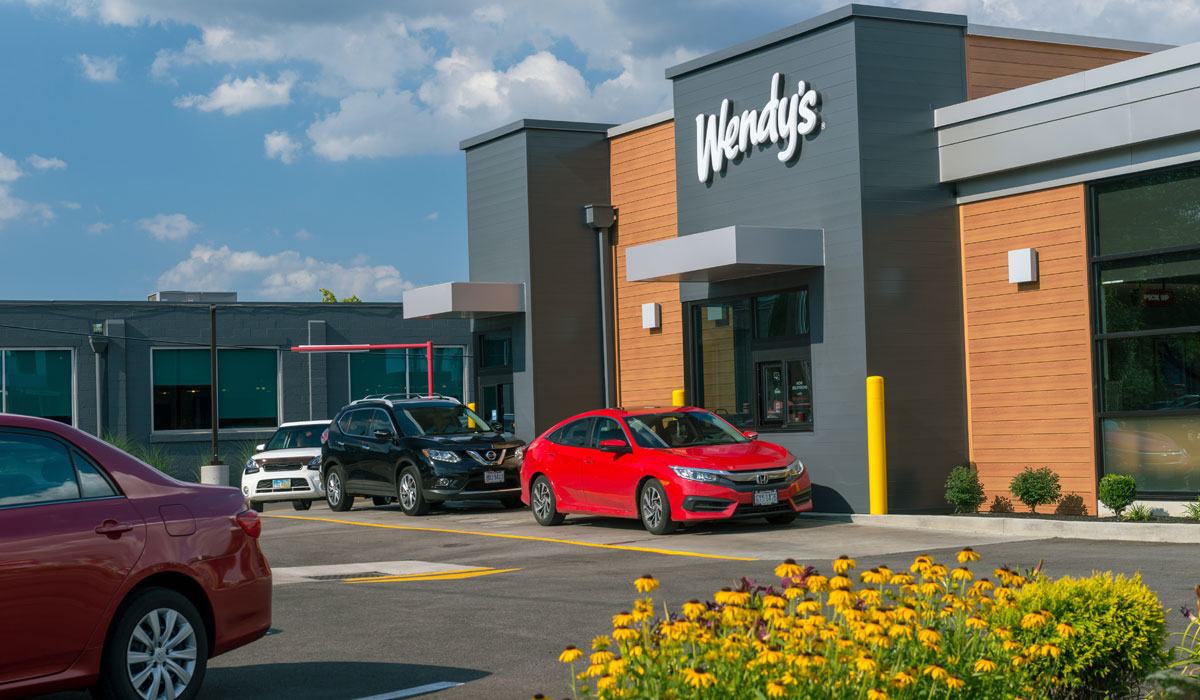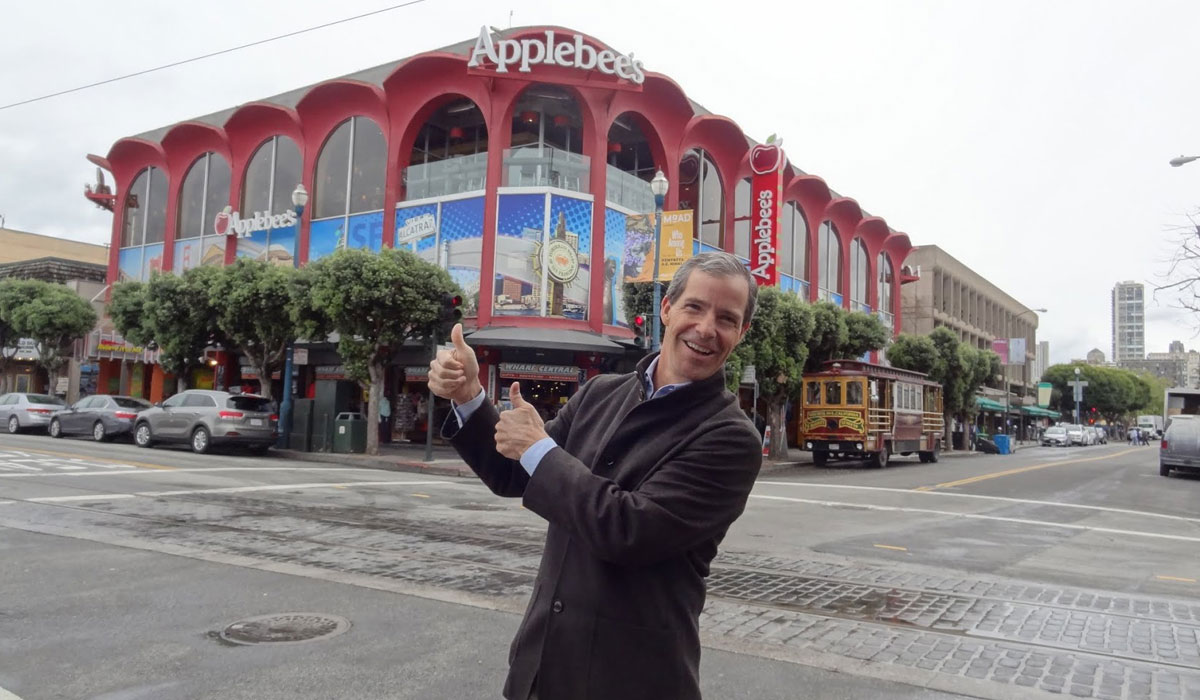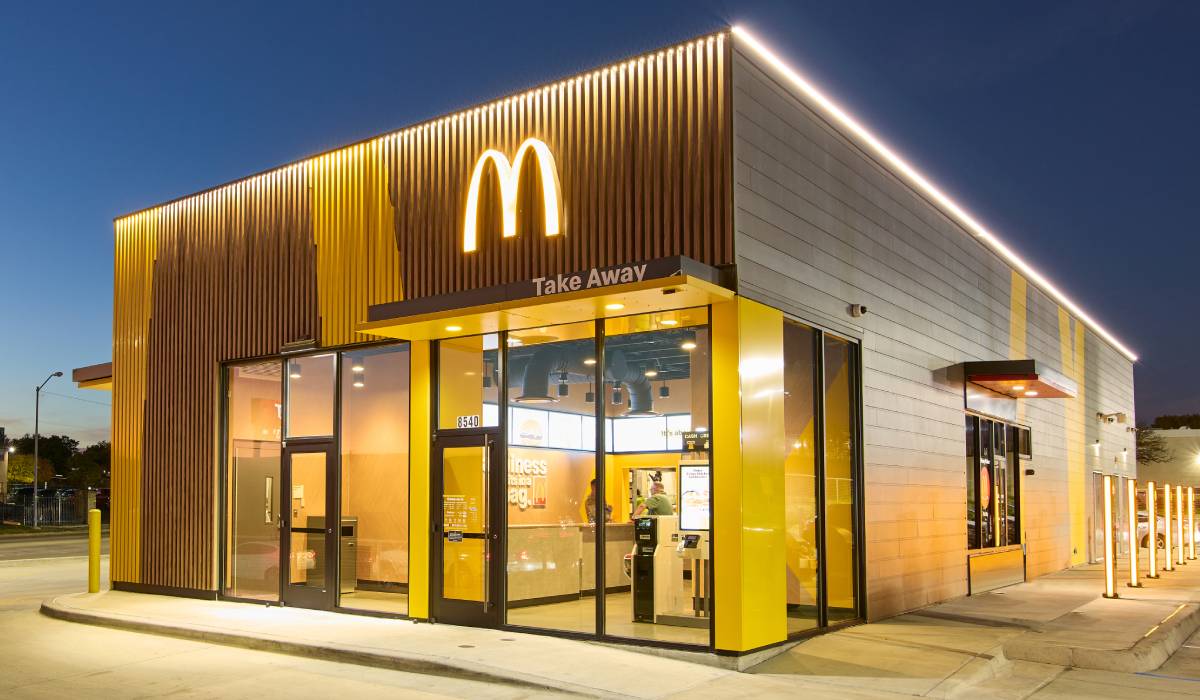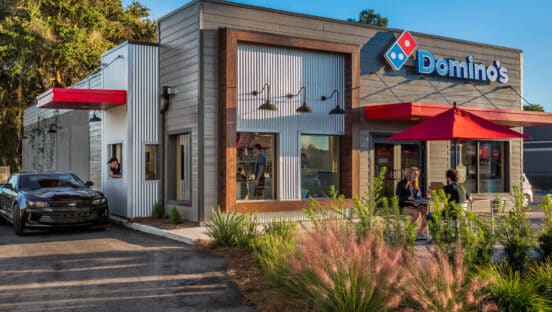Flynn Restaurant Group’s journey to becoming America’s largest restaurant franchisee didn’t happen overnight—it was a steady, purposeful rise.
The franchisee started in the late 1990s with eight Applebee’s, and expanded to more than 200 by 2011. It was at that point when diversification became the company’s new priority. The goal was to mirror the composition of the industry and plant flags in top-tier brands in fast casual and fast food. Accordingly, Flynn Restaurant Group added Taco Bell in 2012, Panera in 2014, and Arby’s in 2018.
But the quick-service sector has subsegments, and the two largest ones are burgers and pizza, which Flynn Restaurant Group hadn’t cracked yet. Then NPC International came along. Before the pandemic, NPC—the second-biggest restaurant franchisee—boasted roughly 1,200 Pizza Hut stores and nearly 400 Wendy’s. But COVID caught up to it, and Flynn Restaurant Group knew NPC was likely to enter bankruptcy at some point. It did so in July, and Flynn Restaurant Group was ready to enter the mix.
The franchisee acquired 937 Pizza Hut and 194 Wendy’s units for $552.6 million, boosting its total footprint to 2,355 restaurants and 73,000 employees in 44 states. Flynn Restaurant Group is now the largest operator for Applebee’s, Arby’s, and Pizza Hut, the second-largest for Panera, the third-largest for Taco Bell, and the fifth-largest for Wendy’s.
Not only did Flynn Restaurant Group enter its desired categories, but NPC also closed the bottom 25 percent of its Pizza Hut portfolio, leaving the new franchisee with a cleaned set of restaurants.
“It’s a bit of a unicorn of an opportunity,” CEO Greg Flynn says in an interview with QSR. “It almost never happens. … That’s what every restaurateur dreams of. It’s very hard to close restaurants in the best of circumstances, but to be able to close all of your bad ones at once, it really was a rare opportunity. And then we looked at it and said, there’s very few people who can step up to buy the whole thing. We think that we can, and so we went for it.”
Flynn Restaurant Group approached the bankruptcy knowing Pizza Hut was the main stressor. According to court filings, NPC’s Pizza Hut stores saw decreases in profitability because of a lack of sales growth, volatility in the commodities market, and increased labor pressures. And that lack of sales expansion was due to loss of market share, ever-expanding optionality of pizza restaurants, pricing pressures, and reduced traffic.
But in Flynn Restaurant Group’s experience, all mature brands go through cycles in which they see downward trends. Eventually, they hit a crisis moment and realize what they’re doing isn’t working and trigger changes. Greg Flynn says that moment struck Pizza Hut in mid-to-late 2019, when the chain onboarded interim president Kevin Hochman, switched advertising agencies, and changed marketing, food, and technologic strategies.
Greg Flynn says the turnaround was charting before March 2020. COVID’s arrival provided significant tailwinds and infused cash into the system. The improvement put owner Yum! Brands and franchisees in a better position to make changes that were going to be necessary for a broader turnaround. To illustrate the point, domestic Pizza Hut units saw same-store sales increase 8 percent in Q4 compared to a drop of 4 percent in 2019.

“I think there’s a real responsibility. We have to accomplish the core mission of every franchise operator, which is to run our restaurants well,” Greg Flynn says.
Most of those changes were physical and tangible. Originally, Pizza Hut was more of a dine-in experience than its peers—by some distance—but the chain spent the past couple of years moving toward an off-premises-heavy format to meet industry changes. When NPC closed roughly 300 of its units and whittled its footprint from 1,200 to 937, many of the shuttered locations were dine-in. There’s still about 200 dine-in locations left for Flynn Restaurant Group to deal with.
“We’re going to have to make significant investments going forward evaluating the entire estate, probably relocating a lot of the dine-in restaurants to become Delco [delivery/carryout] or multiple Delco units and then refurbishing, remodeling much of the rest of the portfolio,” Greg Flynn says. “So I think our strategy is to transform the estate, control what we can control, run them well, but also participate in the turnaround of the brand, which was already underway.”
On Tuesday, Pizza Hut unveiled its “Hut Lane” experience at 1,500 locations, with more to come. The dedicated digital order pickup window is going to play a key role for Flynn Restaurant Group in particular.
The franchisee said it plans to prioritize The Hut Lane “in many of its stores” going forward.
“As we transition into the Pizza Hut system, we are excited about The Hut Lane and the seamless customer experience it offers,” Ron Bellamy, chief improvement officer at Flynn Restaurant Group, said in a statement. “We know from our [quick-service restaurant] experience how much value a pick-up window can unlock for the business, and we plan to prioritize The Hut Lane in future builds and relocations of existing stores.”
In the fall, Flynn Restaurant Group was designated as the stalking horse bidder for NPC’s assets as part of an $816 million agreement. That meant Flynn Restaurant Group’s bid set the bar for other qualified bidders. While the operator reached an agreement with Pizza Hut, negotiations with Wendy’s took much longer.
Wendy’s objected to the franchisee’s breakup fee, or funds that would’ve been owed if it didn’t win the bid, and its ownership of Arby’s and Panera, which Wendy’s said were competitors, according to court documents. At the time, Wendy’s also said it couldn’t reach a final agreement on personal guarantees, reimaging and development obligations, store count limitations, or maximum leverage requirements.
In response, Flynn Restaurant Group called the issues solvable, but also argued Wendy’s allowed other franchisees to operate Arby’s and Panera units and noted more than 363 of NPC’s franchise agreements don’t name Arby’s or Panera as competitors. In addition, the franchisee agreed to invest significant capital in both brands.
After an impasse, Flynn Restaurant Group and Wendy’s entered mediation and decided to split the Wendy’s restaurants.
The other benefit of having multiple brands across segments is it provides more opportunities for employees to make changes.

Greg Flynn says his group will accelerate Wendy’s image activation program that’s already underway. The system is committed to having it completed by the end of 2024, but Flynn Restaurant Group agreed to finish its process by the end of 2023. Similar to Pizza Hut, Wendy’s received a sales bump during intense phases of COVID, in this case because of its drive-thru. The most recent data shows comps at U.S. stores increased 5.5 percent in Q4 and 2 percent for the full year.
“We have a lot of respect for them, and I think they for us,” Greg Flynn says. “But it was just a question of ultimately understanding each other’s very legitimate objectives in reaching a good compromise. The compromise we reached was, we would buy half the portfolio and the other half would go to another one of these franchises. And they were a pleasure to deal with. There was nothing antagonistic at all in this process. It was just an iterative process of sort of figuring out what was optimal for both of us.”
The addition of Pizza Hut and Wendy’s provides Flynn Restaurant Group a balance that helps it maintain steady progress, even as certain segments rise and fall, Greg Flynn notes. COVID is the perfect example; if the franchisee had nothing but Applebee’s, the pandemic would’ve been more difficult to navigate. But diversification in quick-service restaurants, which performed well during COVID, “saved our bacon,” Greg Flynn says. Additionally, there may be times where one brand suffers from a food-borne illness or some other disaster to make sales drop precipitously overnight.
“They want to move up, and there’s not an opportunity where they are, but we may have one in another brand or another place,” Greg Flynn says. “They want to move places for a family or other reasons, and we can accommodate them. They want to just try something else out. They worked in quick service for 10 years, and now they want to try casual dining, and we can accommodate that. It really helps us attract and retain better people.”
Greg Flynn expects once his group completes investments in Wendy’s image activation and Pizza Hut’s remodels, unit expansion will be the natural next step. As for the acquisition of more brands, there are no plans in the immediate future. But Greg Flynn loves growth—it attracts and retains people and it can be very profitable. So if opportunities do arrive further down the line, Flynn Restaurant Group will keep its eyes open.
For Greg Flynn, the key to success in the franchising business is to simply run restaurants well every day, everywhere. In the past 22 years, Flynn Restaurant Group has grown at a compound average growth rate (CAGR) of 27.5 percent. However, if Greg Flynn ever felt that growth was undermining day-to-day operations, he would stop. The franchisee has a unique structure and a strong culture, and that’s made possible by operating efficiently and expanding carefully.
“I think there’s a real responsibility. We have to accomplish the core mission of every franchise operator, which is to run our restaurants well,” Greg Flynn says. “If we don’t do that, we do a lot of damage to the regard with which franchise operators will be held and the belief that big isn’t always bad. I thought for a long time to show that big not only isn’t bad or worse, but that in fact it can be positively helpful because there are very real scale economies. And our entire operating model tries to balance your local empowered operators running superior operations supported by world-class central support. And I think bigger can be better, but it’s our duty to show that.”








